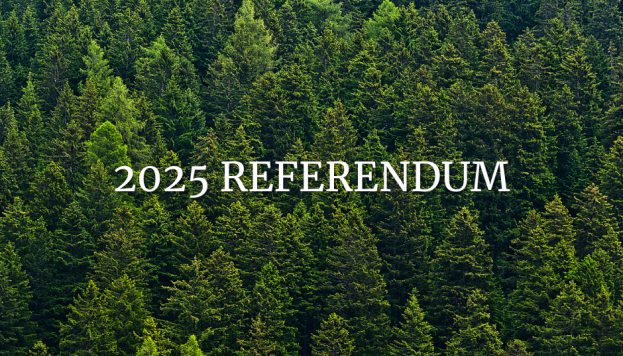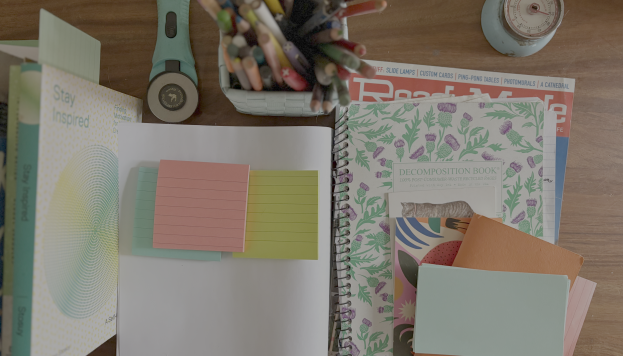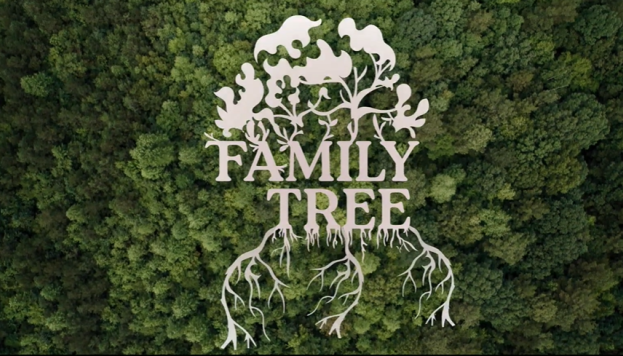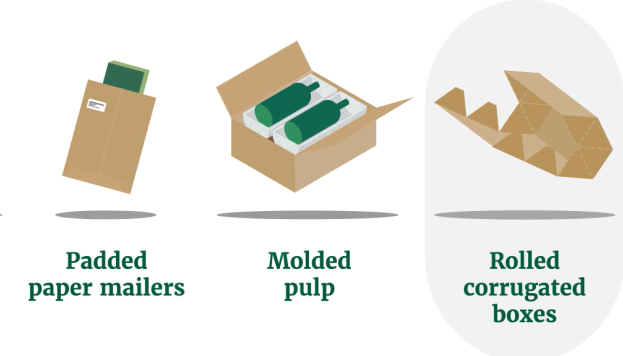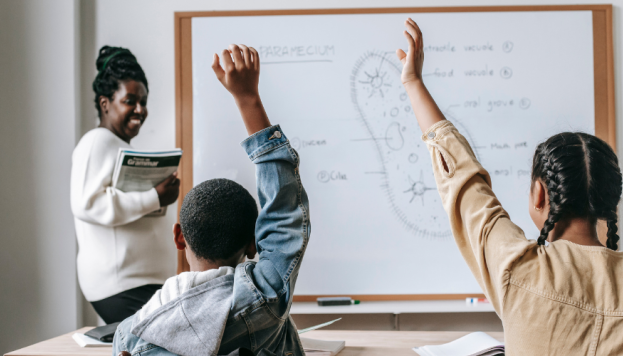We are Living in a ‘Have it Your Way’ World
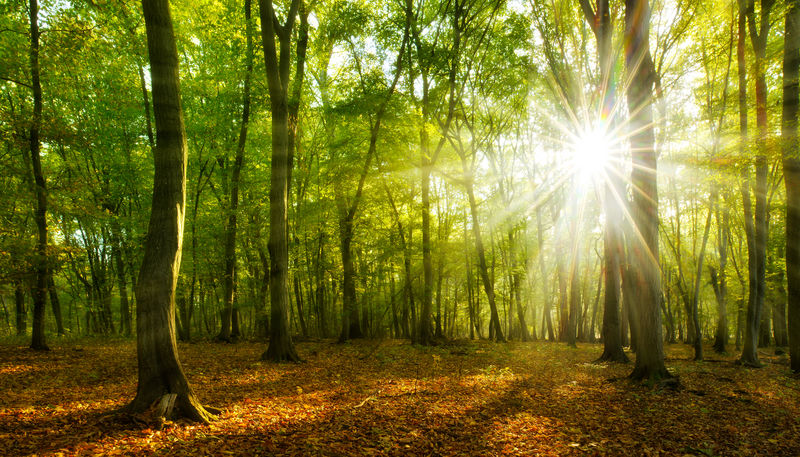
I can’t help but hum Burger King’s 40+ years old “Have it your way” jingle when thinking about how many products and product packages are custom designed for my individual use. As consumers, we are used to having things served up just the way we like them. But we’re also increasingly, and rightly, focused on the question of the life cycle of those products after we are done with them.
It’s trendy right now to attack “disposable” or “single-use” products. It’s a huge catch-all concept that allows detractors of our industry to focus fire on a broad range of consumer products all at once. But “single use” isn’t always bad. (Ask anyone who has changed a diaper.) Far from it.
Take food security and safety. Shipping meat or fruits and vegetables in single-use corrugated boxes—which are recycled after they’ve done their job—is really important, since it reduces the chances of cross-contamination. Similarly, we wouldn’t want sterile or sensitive medical equipment shipped in banged-up reusable packaging.
Because “single or individual use” products deliver not only convenience and customizability, but safety and sanitation, they play a critical role in all of our lives. But that gives us all the more reason to think hard about their sustainability. Here’s the good news: if you’re in the business of making single-use products, like paper for napkins, and paperboard boxes for nutrition bars, out of a carbon absorbing, super-renewable, highly recyclable, compostable organic material that readily reintegrates into the biosphere, then you should feel pretty darned good about the “single-use” thing. Translated? Since products made from paper come from trees, which the industry replants in numbers far outpacing the harvest rate, this natural, organic material is a part of the solution, not the problem. And, the higher the demand for forest products, the more places where trees grow stay places where trees grow, instead of being converted into housing, offices, or the ubiquitous strip mall.
This gets at something critically important to the way we should all think about sustainability long-term. We want to choose and use the best materials for the job. If we consider that the fiber in boxes and paper can be used and reused up to seven times to make other products and boxes, we can feel good about dropping them into the recycling bin. These paper-based products are valuable resources that minimize our impact on the planet when returned to the mills to participate in the cycle again and again. This actually makes for some of the most reused, “single-use” paper-packaging around.
In the meantime, if the phrase ‘single-use’ is being co-opted to disparage the “have it your way” convenience and customization that have improved all of our lives, I say we start to call single-use what it really is, individual use. Because the same fiber could be recycled to make a box for my e-commerce order, the paper bag for my groceries, and the protective shell that got my medical device to me in one piece. That’s many uses, but each one of them is just for me.
